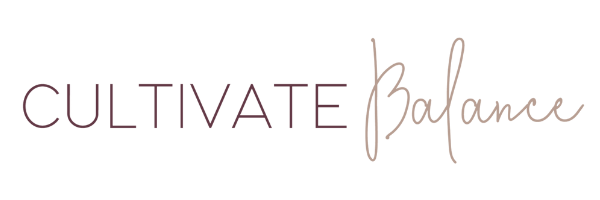Ayurvedic Herb Guide
Ayurvedic Herb Guide
intentional uses for healing plants
It’s here!! We’ve profiled ten of our favorite Ayurvedic herbs to support you to sleep more soundly, think more clearly, digest more comfortably, glow with more radiance…and much more! Learn the key benefits and qualities of each herb, as well as how to use them in simple remedies. The best part is, these herbs are inexpensive and accessible — so you can work with them at home.
Restore Collective Wellness
We have evolved with — and because of — plants over many thousands of years, and as such we are deeply intertwined. Remembrance of our connection to the rhythms and elements of nature is the wild reclamation of our ability to heal ourselves and our communities.
start crafting your remedies
download the 18-page PDF guide now
With this Goodness Guide you will:
Discover a framework for working with plants that is rooted in reverence and appreciation
Learn about the amazing beneficial properties of ten of India’s most revered plants, that are ethically accessible (and affordable) in the West
Understand the way each herb interacts with your body in terms of doshas, qualities, tastes and heating/cooling action
Get the inside scoop on the best, most practical ways to use these herbs, including recipes for our favorite remedies
Find out little known facts and mysticism about the plants we love so much
We profile our ten favorites + ten Best Recipes
Ashwagandha // Sweet Dreams Milk
Brahmi // Clarity of Mind Tea
Cardamom // Easy Digest Takram
Cinnamon // The Queen’s Elixir
Fenugreek // Secret Beauty Facial Mask
Ginger // Breathe Easy Sinus Paste
Holy Basil // Be Well Immunity Tea
Rose // Clear & Calm Facial Mist
Shatavari // Shatavari Ghee
Triphala // Triphala Colon Cleanse
“Plants powerful enough to cure disease are often the very plants which are most poisonous when used by those who do not understand their properties.”
CREDIT: verywellhealth
It is thanks to generations of wisdom that we have access to the knowledge shared in this guide.
In ancient times, sages would watch animals and humans who got sick, take note of what worked and didn’t work in their healing processes, and then experiment with different plant medicine in their own bodies. In the Ayurvedic tradition, this knowledge was collected in the Charaka Samhita, one of Ayurveda’s principle texts. This text classifies hundreds of herbs, including which parts of the plant to use and for what, as well how the time of day and season relate to when to harvest and ingest the plant. In modern times, more and more scientific studies are confirming what these ancient seers already knew.
We are grateful for the people and systems that kept this wisdom alive throughout the ages, and we are humbled to be a part of the lineage carrying it forward. We honor and appreciate our teacher, Alakananda Ma, and her teacher Dr. Vasant Lad, as well as the other contemporary practitioners who have informed our work, namely Maya Tiwari and Acharya Shunya. These teachers have inspired many of the remedies included in this guide.
A final note
Medicinal and culinary plants have been a coveted resource for thousands of years, yet exploitation driven by global capitalism has resulted in deeper and deeper inequality among those who produce and those who benefit from these plants. In this guide, we will invite you to think critically about your role in sourcing herbs and working with plant medicine.






